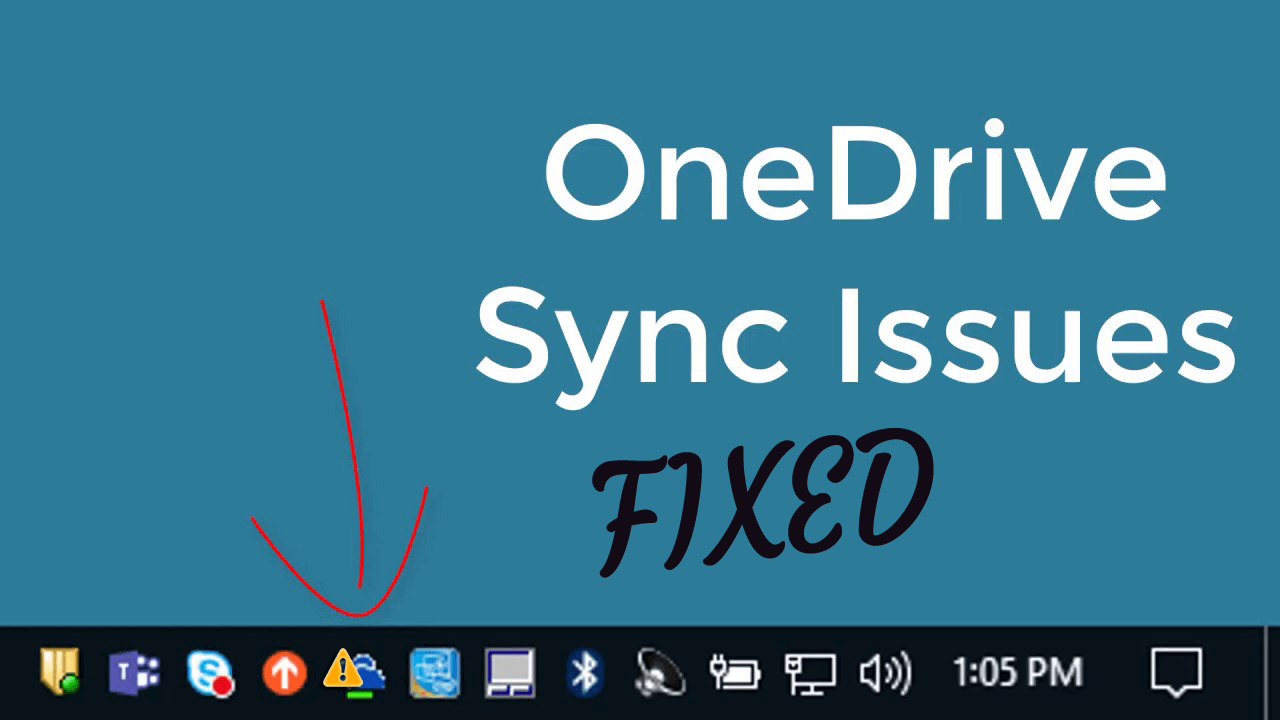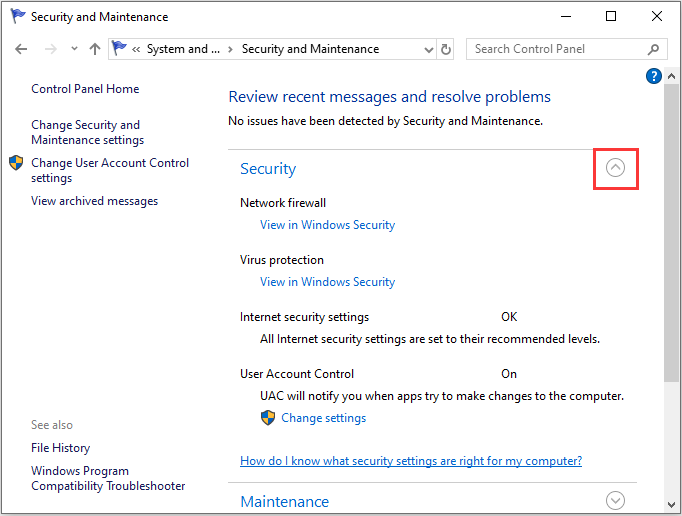
Instead, OneDrive for Business creates a new version of the file, and appends the device name to the file name. But editing conflicts with other types of files are not reported as sync problems. Editing conflicts with Office files are reported as sync problems and you can fix them as described above. In some cases, OneDrive for Business may not mark conflicts in a non-Office file as an error, but instead save both versions locally. Only the server version is saved in the synced folder and library.

If a conflict occurred with an Office file type, you should see the following options: You will see the options available for your conflict. To resolve the conflict, right-click or press and hold the OneDrive for Business icon, and then choose Resolve. After that, the OneDrive for Business icon will display an error indicator in your system tray. When a conflict is detected, you may see a sync error notification briefly. Sometimes a conflict is detected between the local and server copies of files you're trying to sync.
#Troubleshooting onedrive sync client update
Update OneDrive for Business to the current release If you are using OneDrive not OneDrive for Business, and you encountered sync issue, you can look for the solutions in Fix OneDrive sync problems. This is because the rest of the Office suite will no longer get the latest features, bug fixes, and improvements.To determine which OneDrive sync client you're using, see Which OneDrive sync client am I using? However, we do not recommend this method. Versions of Office that are earlier than the October 2019 monthly update will continue to have coauthoring capabilities. Workaround 3: Stay on a version of Office earlier than October 2019 (not recommended) Users who open the Office file directly from SharePoint or OneDrive on the web will continue to be able to coauthor. This change affects only local files that are synced by OneDrive for Business (Groove.exe).

Workaround 2: Open the file directly from SharePoint
#Troubleshooting onedrive sync client how to
We recommend that all users and organizations move to the OneDrive sync client.įor more information about how to deploy the OneDrive sync client, see The OneDrive sync client. It will continue to allow coauthoring capabilities for synced files, together with features and improvements such as Files On-Demand. The OneDrive Sync Client (OneDrive.exe) is the recommended client for syncing SharePoint Online and SharePoint 2019 content.

Workaround 1: Use the OneDrive sync client for SharePoint workloads If you are affected by this change, you can use one of the following workarounds (provided in recommended order). This change is in effect starting in the October 2019 monthly update (build 8) Additionally, this change will be rolled into the next semi-annual channel release in the January 2020 update (build 7).

Locally synced Office files (such as Word documents, Excel spreadsheets, and PowerPoint presentations) that are synced by OneDrive for Business (Groove.exe) will no longer allow coauthoring between multiple users.Beginning in the October 2019 update for Microsoft Office 365, coauthoring capabilities are no longer available for files that are synced to a local computer through the OneDrive for Business (Groove.exe) sync client.Īfter this update is applied, you will see the following changes:


 0 kommentar(er)
0 kommentar(er)
